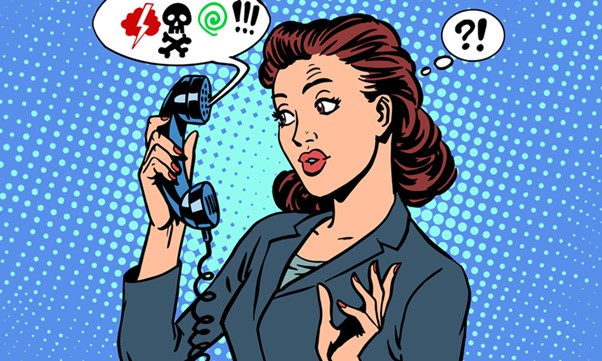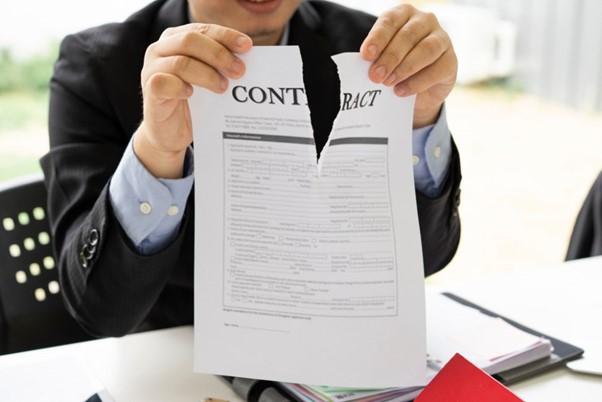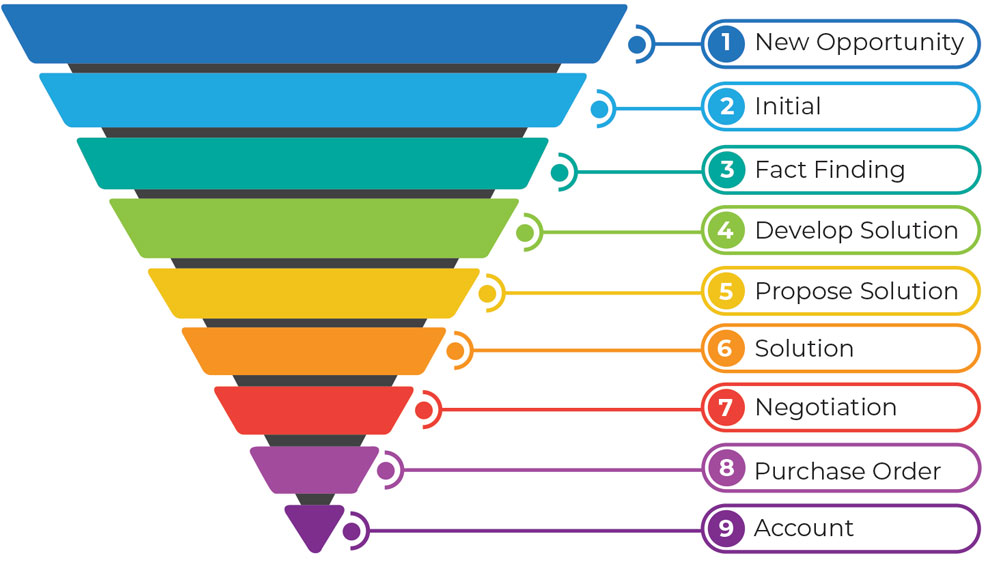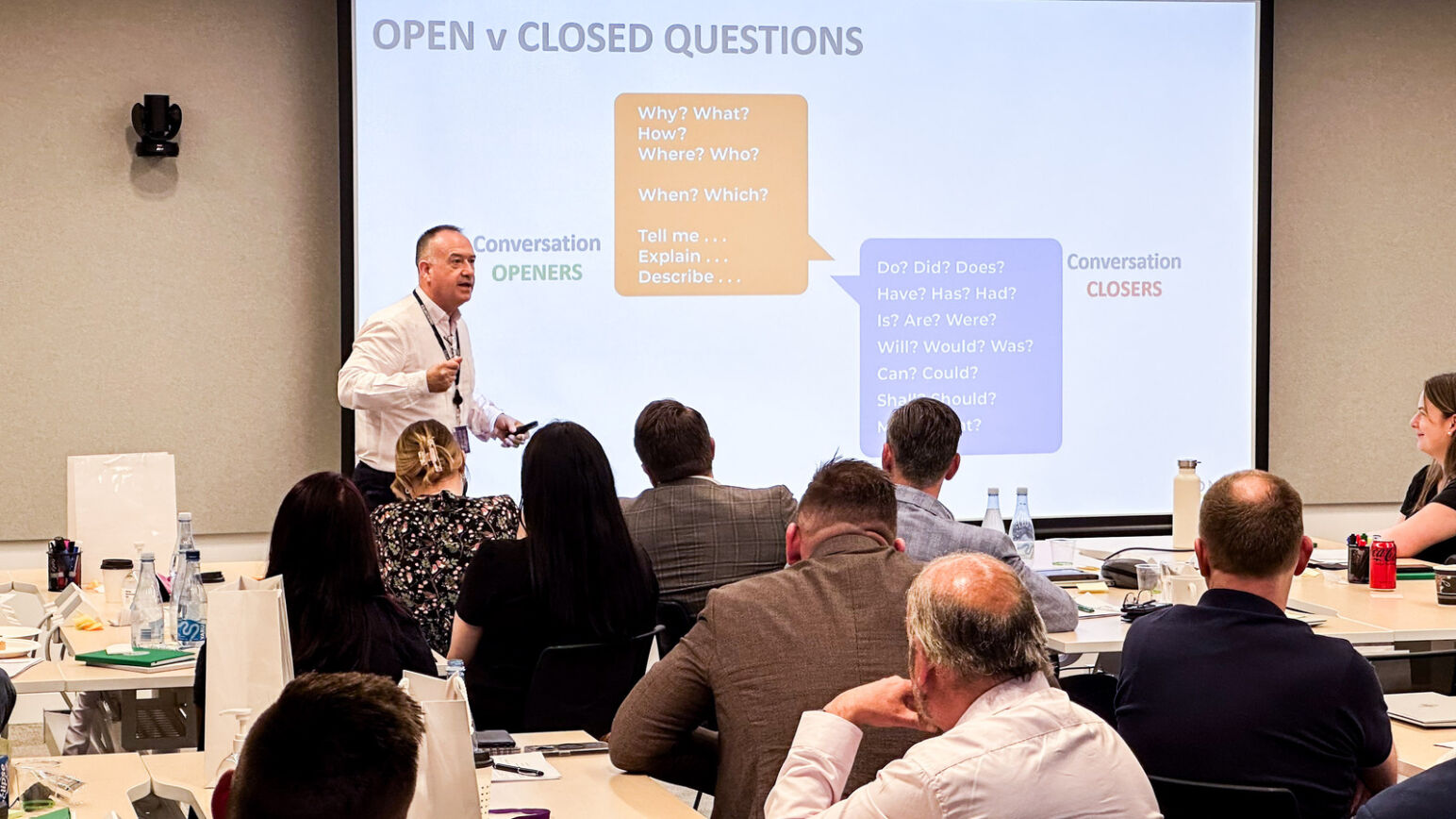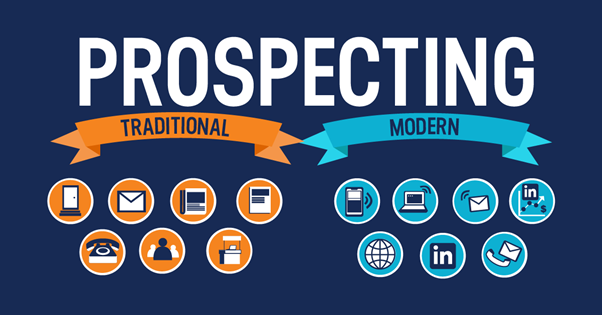
Encountering challenging situations and difficult customers in sales is part of the course. Whether it’s a client with unrealistic expectations, a customer with a laundry list of complaints, or a prospect who seems impossible to please, navigating these choppy waters undoubtably requires patience, and a strategic approach. Here are some valuable tips to help you handle difficult customers and challenging situations effectively.
Stay Calm and Composed
When faced with a challenging customer, keep your cool.
- Take a deep breath
- Maintain a professional demeanour
- Avoid responding impulsively
Remember, your reaction sets the tone for the interaction.
Listen to the Customer
It’s important to practice active listening in order to understand the customer’s concerns fully. Allow them to express themselves without interruption, and demonstrate empathy by acknowledging their feelings. Sometimes, customers simply want to feel heard and understood. Recognise their emotions and use positive body language to help you build trust with the customer.
Empathise and Validate
Put yourself in the customer’s shoes to understand their perspective better. Even if you disagree with their stance, it’s essential to validate their feelings and show empathy. A simple acknowledgment of their frustration can go a long way in defusing tension and de-escalating a situation.
Focus on Solutions, Not Blame
Instead of getting defensive or placing blame, shift the focus to finding solutions.
- Collaborate with the customer to identify their needs and work towards resolving the issue together.
- Maintain a problem-solving mindset, emphasising how you can help rather than dwelling on past mistakes.
Set Expectations
Clearly communicate what you can and cannot offer to manage the customer’s expectations effectively. Ensure you are transparent about timelines, deliverables, and any limitations upfront to help avoid misunderstandings later on.
Seek to Understand
Seek to understand by digging deeper to uncover the underlying reasons behind the customer’s dissatisfaction. Is there a miscommunication, a product flaw, or a service issue at play?
Understanding the root cause of their problem or concern allows you to address the issue more effectively.

Offer Alternatives and Options
Present the customer with viable alternatives or options to resolve the issue. Whether it’s a replacement product, a refund, or an alternative solution, provide choices that demonstrate your commitment to finding a resolution.
Follow Up
After you have resolved the immediate issue, follow up with the customer to ensure their satisfaction.
Stay true to your word and follow through on any promises made during the interaction.
Building trust through consistent follow-up is key to maintaining positive relationships with customers. Customers will always appreciate follow up as it shows you have genuine concern for their well-being and for their problem being rectified.
Learn and Improve
Every challenging situation is an opportunity for growth and learning. Take the time to reflect on what went wrong and identify areas for improvement. Use feedback from difficult interactions to refine your sales approach and enhance customer satisfaction in the future.
Maintain Professionalism
Regardless of how challenging the situation may be, always maintain a professional demeanor. Avoid engaging in arguments or letting emotions cloud your judgment. Keep in mind that your goal is to find a resolution while preserving the integrity of your relationship with the customer.

Can you avoid difficult customers in Sales all together?
Encountering difficult customers and challenging situations is inevitable in Sales. However, by adopting a patient, empathetic, and solution-oriented approach, you can navigate these obstacles and turn them into opportunities for professional growth and relationship-building with clients. Remember, the way you handle adversity speaks volumes about your professionalism and commitment to customer satisfaction.
Contact KONA today to discuss our tailored Sales & Customer Service Training Programs and the benefits they can bring to your Sales Team.
Call 1300 611 288 or email info@kona.com.au

